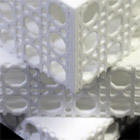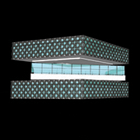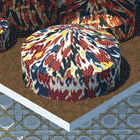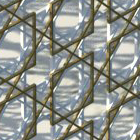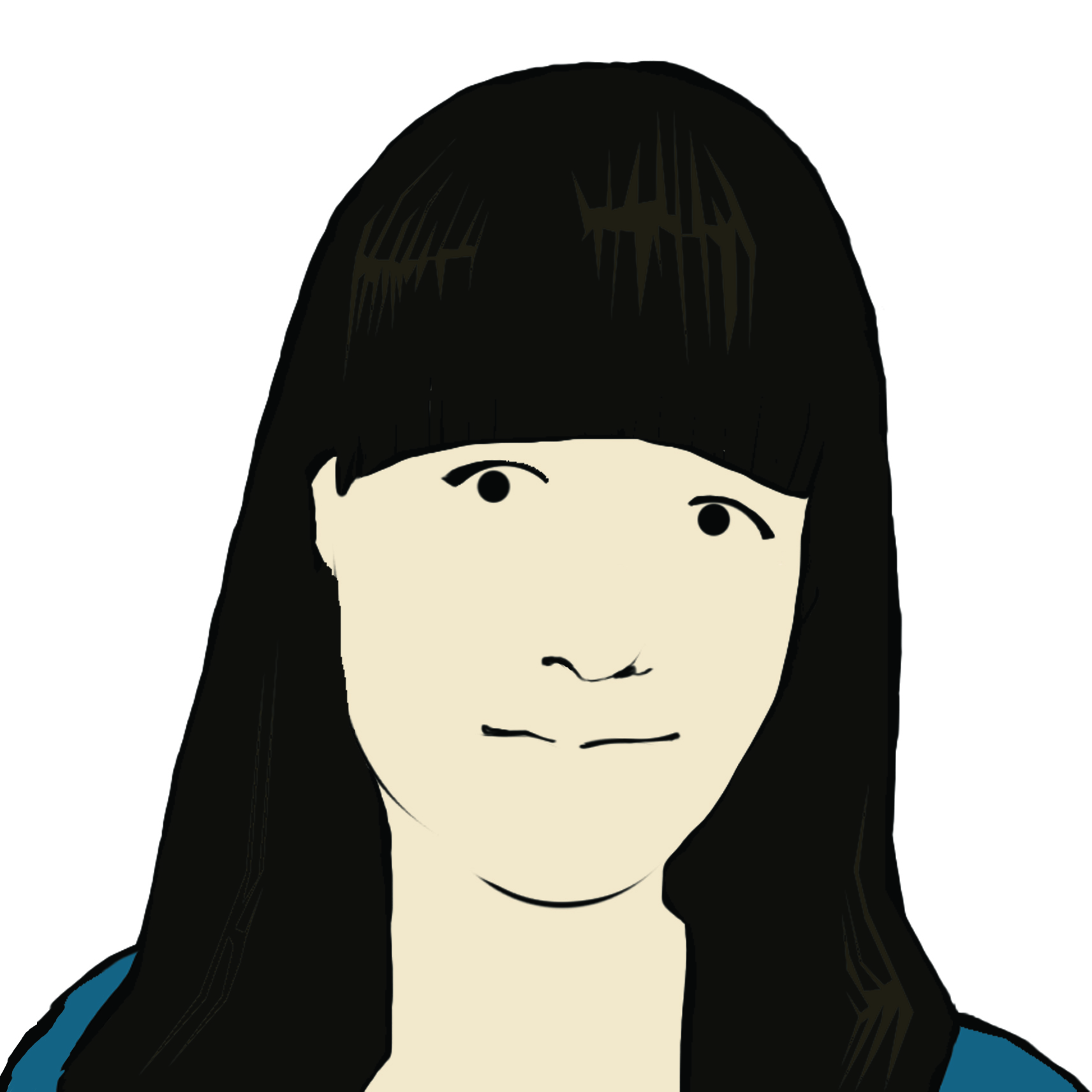Turkmenistan Pavilion
| Program | CULTURE |
| Pavilion of Turkmenistan for Milano Expo 2015 | |
| Scale | 1387 sqm |
| Location | Milano, Italy |
| Stage | Design |
| Design Year | 2015 |
"Water is Turkmen's life, a horse is his wings and a carpet is his soul". Turkmen culinary customs are rooted in a nomadic past and where traditions were literally carried on horseback. Change and movement is an ancestral practice. With few permanent dwellings and little wood to make furniture, Turkmen tribes naturally laid "tables" on the ground where they camped. This history has allowed the Turkmens to determine which of their traditions they continue to carry so as to enrich their lives today.
This WHAT_architecture proposal is based on the nomadic quality of Turkmen food culture. This means the Pavilion literally changes and moves and carries within it all the key aspects of Turkmen traditions: the carpet, the yurt, the food and, most impressively, the Akhal-Teke horse. The pavilion is a simple cube divided vertically into 3 halls. The pavilion is open when the middle hall, that of the horses, has changed position. This rotational movement also gives the Turkmen Pavilion its Rub El Hizb 8-pointed star plan form. On the ground floor is the Hall of the Carpet featuring an exhibition of lenticular / holographic photography that expresses local culinary culture in Turkmenistan. The first floor has the Hall of the Horses where guests can observe the Akhal-Teke roaming freely. On the second floor, the Hall of the Yurts, is a cooking-dining area. Here guests sit in colourful traditional yurts and enjoy Turkmen cuisine preserved from global trends and foreign influence. The nomadic past means that the food is made by ingredients which are simple to prepare. On the third floor, is a mezzanine filled with water and fishes. THEME: Nomadic Culinary Traditions
"Water is Turkmen's life, a horse is his wings and a carpet is his soul". Turkmen culinary customs are rooted in a nomadic past and where traditions were literally carried on horseback. Change and movement is an ancestral practice. With few permanent dwellings and little wood to make furniture, Turkmen tribes naturally laid "tables" on the ground where they camped. This history has allowed the Turkmens to determine which of their traditions they continue to carry so as to enrich their lives today.
This WHAT_architecture proposal is based on the nomadic quality of Turkmen food culture. This means the Pavilion literally changes and moves and carries within it all the key aspects of Turkmen traditions: the carpet, the yurt, the food and, most impressively, the Akhal-Teke horse. The pavilion is a simple cube divided vertically into 3 halls. The pavilion is open when the middle hall, that of the horses, has changed position. This rotational movement also gives the Turkmen Pavilion its Rub El Hizb 8-pointed star plan form. On the ground floor is the Hall of the Carpet featuring an exhibition of lenticular / holographic photography that expresses local culinary culture in Turkmenistan. The first floor has the Hall of the Horses where guests can observe the Akhal-Teke roaming freely. On the second floor, the Hall of the Yurts, is a cooking-dining area. Here guests sit in colourful traditional yurts and enjoy Turkmen cuisine preserved from global trends and foreign influence. The nomadic past means that the food is made by ingredients which are simple to prepare. On the third floor, is a mezzanine filled with water and fishes.




